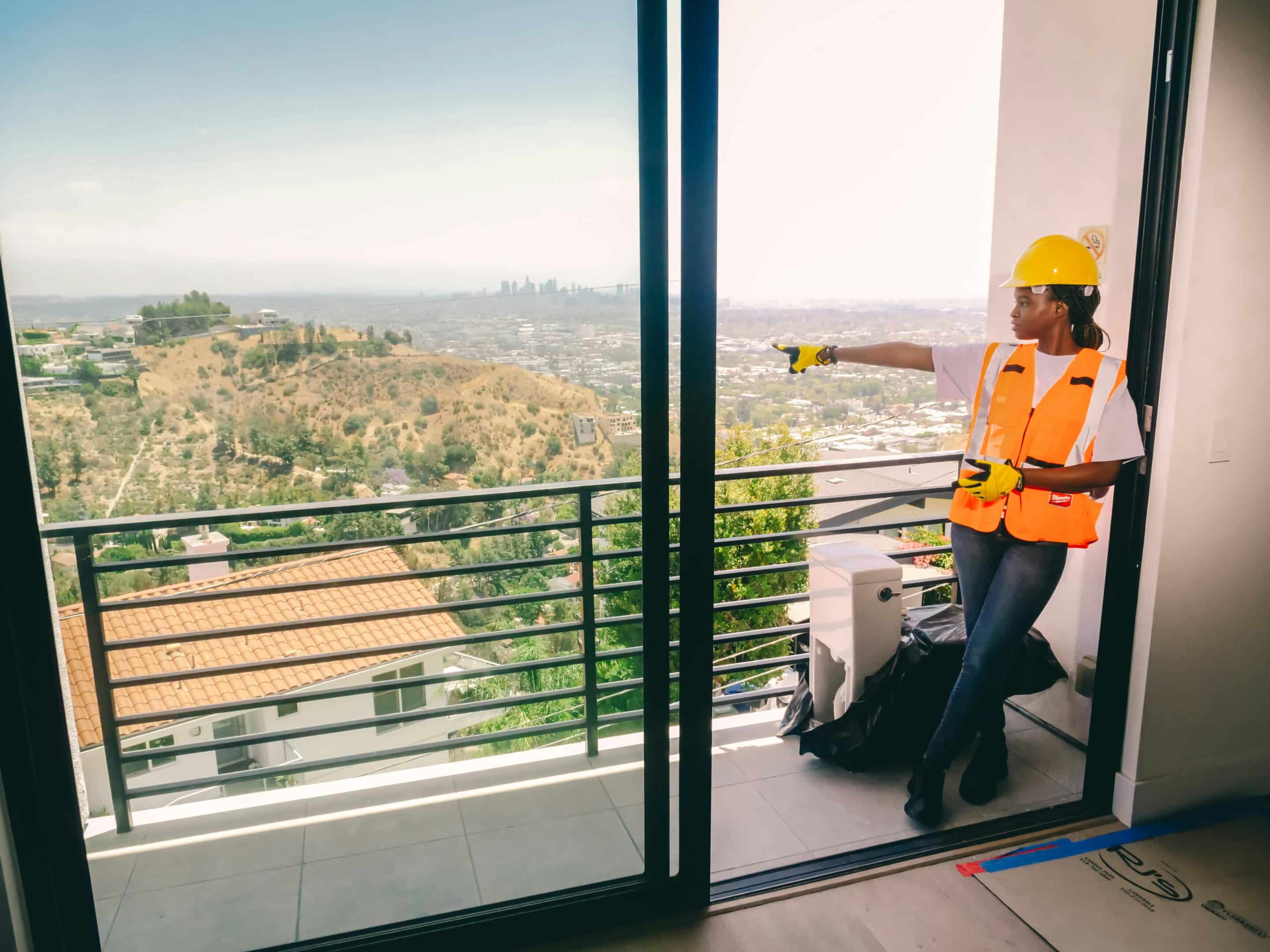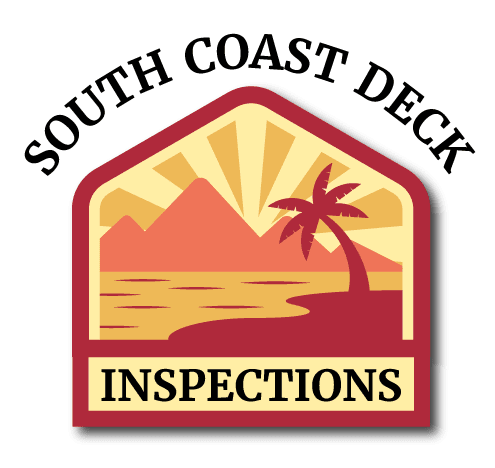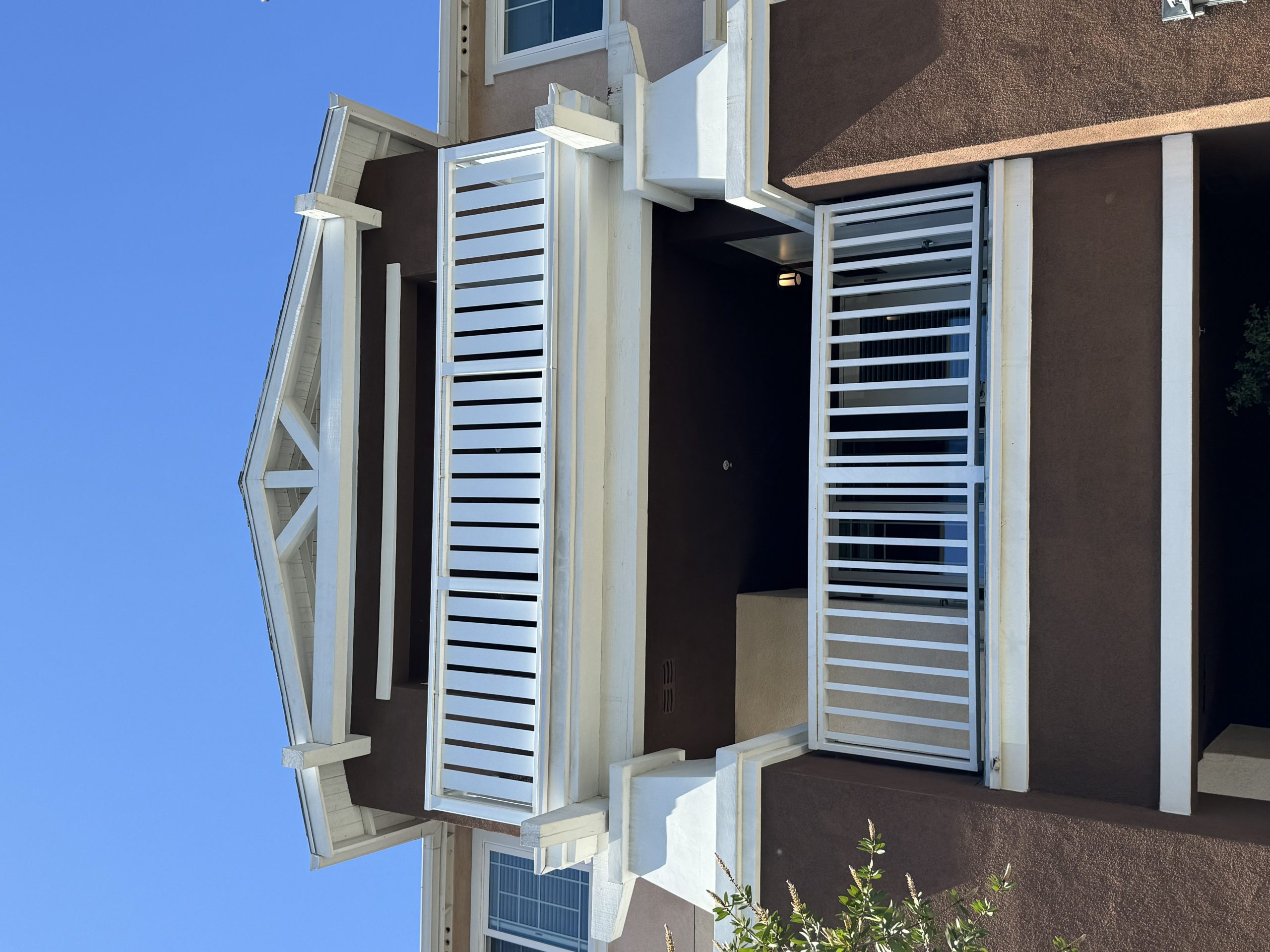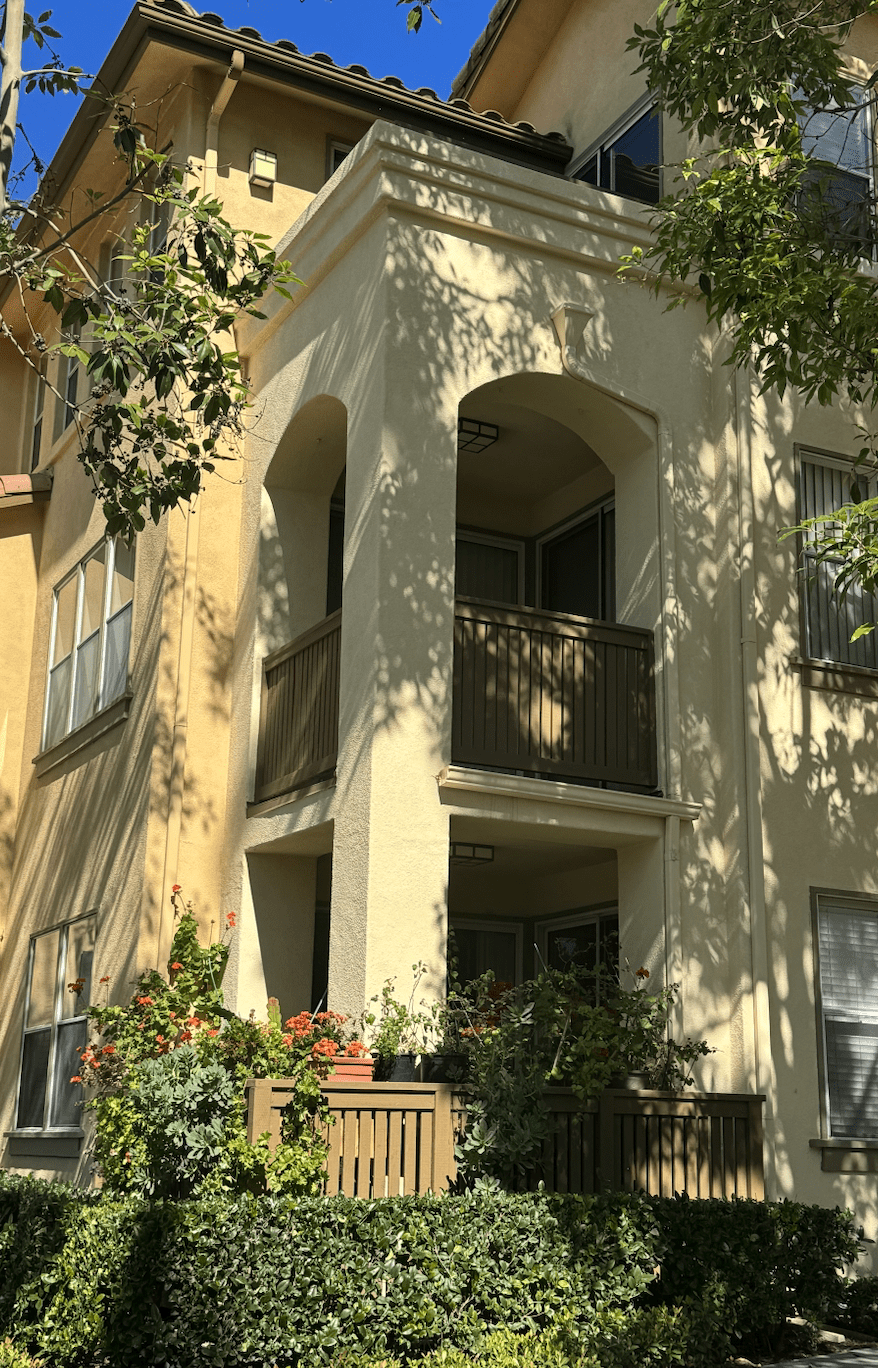SB 326
Inspections

CALIFORNIA LAW SB 326
SB 326 Inspections for condominiums with three or more multifamily dwelling units are professionally provided by South Coast Deck Inspections. Our Southern California operation supports condominium owners and HOA boards in meeting California’s strict exterior elevated element (EEE) inspection requirements. Under SB 326, all condominium associations must schedule a licensed structural engineer or architect to perform a visual inspection of a statistically significant sample of balconies, decks, walkways, stairs, and other elevated elements maintained by the association. These evaluations must occur at least once every nine years and are designed to ensure structural integrity, identify hidden deterioration, and verify compliance with state safety standards. A detailed inspection report must also be submitted to the association, outlining findings, repair recommendations, and timelineshelping property owners maintain long-term safety, reduce liability, and stay fully compliant with California law.
The inspection’s purpose is to assess the safety and performance of exterior elevated elements in accordance with relevant standards. Before the initial visual inspection, the inspector will create a randomized list of these elements, including those under the association’s maintenance responsibility. This list will be shared with the association for future reference. The inspector will follow this list for visual inspections, and if they identify conditions suggesting water intrusion that could harm load-bearing components, they may conduct further inspections based on their professional judgment. The inspector’s report will include details on load-bearing components and the associated waterproofing system, their current condition, potential risks to residents’ safety, expected performance, and repair or replacement recommendations. The report will be signed by the inspector and presented to the board as part of the required study. If an element is deemed an immediate safety threat, the inspector will promptly share the report with the association and the local code enforcement agency, with necessary preventive actions taken until repairs are approved.
SB 326 requires the association of any condominium project to arrange for a reasonably competent and diligent visual inspection of all exterior elevated elements. These elements include load-bearing components, structural supports, and the associated waterproofing systems that protect them from moisture intrusion. The purpose of this inspection is to evaluate whether these elevated elements are in a generally safe condition, functioning as intended, and meeting all applicable building and safety standards. By ensuring regular, qualified inspections, SB 326 helps associations identify early signs of deterioration, prevent structural failures, and maintain long-term safety for residents and property owners.
Definitions in SB 326 Inspections
Visual Inspection
Under this law, a “visual inspection” refers to an assessment conducted using the least intrusive methods necessary to evaluate the condition of load-bearing components. This may involve simple visual observation or may be enhanced with non-invasive tools such as moisture meters, borescopes, or infrared scanning technology to detect hidden damage or moisture intrusion. The goal of this approach is to accurately assess structural integrity without causing unnecessary disruption to building surfaces. These minimally intrusive techniques help inspectors identify potential issues early, ensure the continued safety of exterior elevated elements, and support long-term maintenance planning for condominium associations.
Load Bearing Elements
“Load-bearing components” refers to the structural elements that extend beyond the exterior walls of a building and are responsible for transferring structural loads from decks, balconies, stairways, walkways, and their railings back into the main structure. These components support elevated walking surfaces positioned more than six feet above ground level and are specifically designed for regular human occupancy or use. Because many of these supports are constructed wholly or substantially from wood or wood-based materials, they are more susceptible to decay, moisture intrusion, and long-term wear. For this reason, proper inspection and maintenance of these load-bearing components are essential to ensure ongoing safety and compliance with SB 326 requirements.
Exterior Elevated Elements
“Exterior elevated elements” refer to the building’s load-bearing components such as decks, balconies, walkways, or stairs along with the waterproofing systems that protect them from moisture and deterioration. These elements are typically elevated above ground level and exposed to weather, making them vulnerable over time. SB 326 requires these components to be regularly inspected to confirm they remain structurally sound, safe for residents, and compliant with applicable building standards.
Associated Waterproofing Systems
“Associated waterproofing systems” include flashings, membranes, coatings, and sealants that protect the load-bearing components of exterior elevated elements from exposure to water.
Significant Samples
“Statistically significant sample” means inspecting a large enough number of units or exterior elevated elements to achieve a 95 percent confidence level that the findings from the sample accurately represent the condition of the entire property. This standard requires a margin of error no greater than plus or minus 5 percent, ensuring the results are both reliable and scientifically valid. By using this approach, SB 326 ensures that inspections are not limited to just a few isolated areas but instead provide a dependable snapshot of the overall structural condition, helping associations make informed decisions about safety, repairs, and long-term maintenance planning.
Your content goes here. Edit or remove this text inline or in the module Content settings. You can also style every aspect of this content in the module Design settings and even apply custom CSS to this text in the module Advanced settings. Your content goes here. Edit or remove this text inline or in the module Content settings. You can also style every aspect of this content in the module Design settings and even apply custom CSS to this text in the module Advanced settings. CSS to this text in the module Advanced settings.


